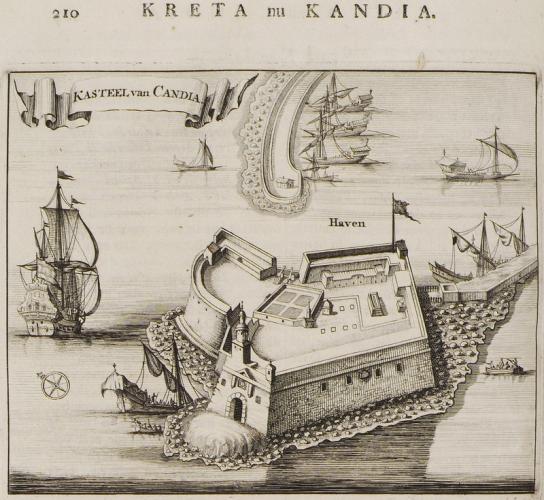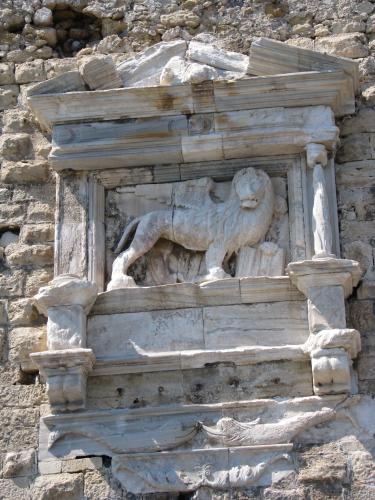
EPHORATE OF ANTIQUITIES OF HERAKLION
Digital Interactive Educational and Promotional Services for the Museum of St. Catherine in Heraklion
THEMATIC SECTIONS
Architecture and Sculpture
When Crete was conquered in 1211, Venice established in Candia (Heraklion) the administrative center of the island. The importance the Venetians gave to the city becomes evident by the fact that Candia was the first town they conquered and the last they abandoned to the hands of the Ottomans four hundred and fifty years later (1669), after a fierce resistance that lasted 21 years. The impressive economical, demographic and urban growth turned the small provincial byzantine port into one of the most important trade centers of the Mediterranean.
The predominance of the Venetian Democracy in Crete was not efficient enough to cut off the strong emotional bond between the locals and the Byzantine Empire, the only representative of the orthodoxy. The consistent efforts of Venice to enforce restrictions in religious matters amplified this anticipation. Nevertheless, the local society could not stay unaffected by the western cultural innovations imported by the conquerors.
After almost two centuries of revolution movements, the Cretans came to realize that the Venetian occupation was not to be defeated. The peaceful period that followed the “rebellion of St. Titus” (1363-1366) allowed the two sides to approach each other. Nevertheless, the persistence of Venice to impose a union between the Orthodox and the Catholic Church soon led into a new agitation. The consciousness of the common origin, language and religious dogma between the Cretans and the rest of the byzantine populations reinforced their resistance towards the assimilation.
The ideological guidance of Constantinople ceased to exist with the Fall of the Byzantine Empire in 1453. Though the memories stayed alive, soon it became obvious that Venetians and Cretans had to stand equally against the common enemy, the threat of the Ottoman Empire. Local population felt for the first time secure under the flag of Saint Marcus. Leaving behind all the differences, they managed to mingle western renovations with the byzantine tradition in a creative amalgam that was expressed in a unique way through the Cretan art and architecture.

